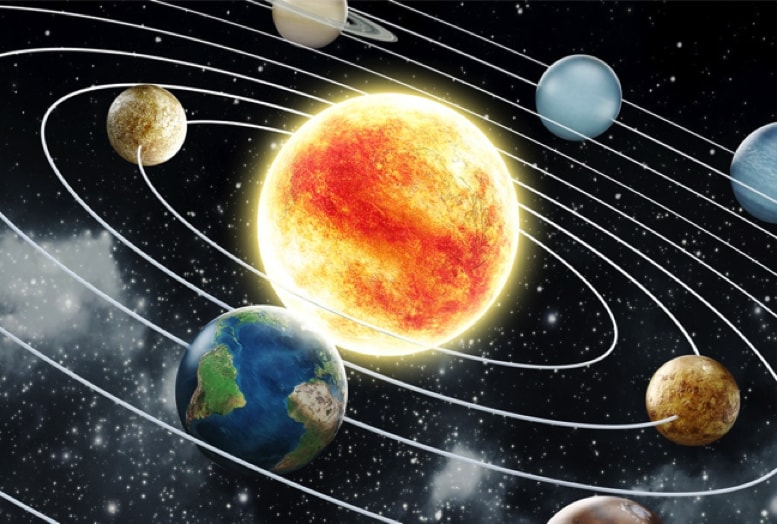In the early hours of Yesterday morning, another NASA launch was underway; this time, a historic mission to the sun. Well not quite to it but near it — the probe will be venturing to within a mere 3.8 million miles from the surface of the sun.
In earth terms that distance is unimaginable, but in space terms, it’s actually pretty close!
Is This NASA Launch Another Leap For Mankind?
Nothing has ever ventured this close to the sun before, the closest we’ve gotten has been around 27 million miles from it, so the mission is definitely breaking records.
But that’s not the only record being broken here, the probe will also be breaking speed records by traveling at a whopping 430,000 mph as it completes 24 orbits of our galaxy’s star.
The Parker Probe
The Parker probe – set atop a giant United Launch Alliance Delta IV Heavy rocket – cost $1.5 billion USD. This rocket will take it to the center of our galaxy but then what?
Parker will slingshot around Venus multiple times in order to gain momentum and with each orbit, it will gradually move closer and closer to the sun. The peak of its trajectory will be 3.8 million miles from the sun’s edge.

John Hopkins Applied Physics Lab
Engineer’s from the Johns Hopkins Applied Physics Lab played a part in the building of the spacecraft. In order to withstand what will no doubt be unfathomable temperatures, Parker has been supplied with a revolutionary heat shield which should stop the craft from burning up.
The shield is a 7.5-foot-wide and 4.5-inch-thick shield made of advanced carbon-composite material, and this should keep the spacecraft’s scientific instruments safe.
>>NIKE Employees Hit The Company With Discrimination Lawsuit
Parker will be subject to temperatures in excess of 1,371 degrees Celsius, but if the heat shield does as intended, this will feel closer to 29C for the important instruments aboard the probe.
Nicky Fox, an engineer on the project said that “We’ll be going where no spacecraft has dared go before – within the corona of a star. With each orbit, we’ll be seeing new regions of the sun’s atmosphere and learning things about stellar mechanics that we’ve wanted to explore for decades.”
The Venture
The goal of this NASA launch is to get closer to coronal mass ejections and solar winds. These affect communication systems here on Earth. The sun’s corona itself has remained a mystery for scientists as temperatures run far hotter here than at the suns surface which shouldn’t make sense.
According to mission scientist Adam Szabo:
“You would expect that things should cool off […] This is one of these big unknowns: What’s going on there?”
Can the Parker Probe find out? What do you think?
Featured Image: Freepik










